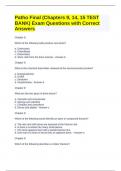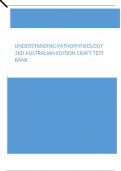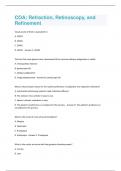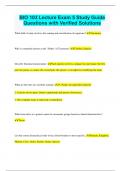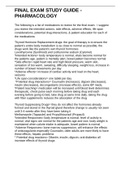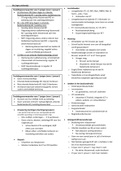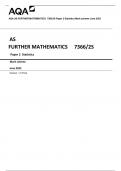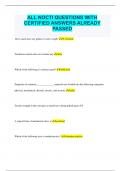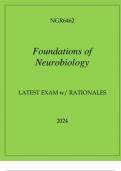Exam (elaborations)
Patho Final (Chapters 9, 14, 15 TEST BANK) Exam Questions with Correct Answers
- Course
- Institution
Chapter 9: Which of the following cells produce new bone? a. Osteocytes b. Osteoblasts c. Osteoclasts d. Stem cells from the bone marrow - Answer-b Chapter 9: What is the chemical transmitter released at the neuromuscular junction? a. Norepinephrine b. GABA c. Serotonin d. Ac...
[Show more]
